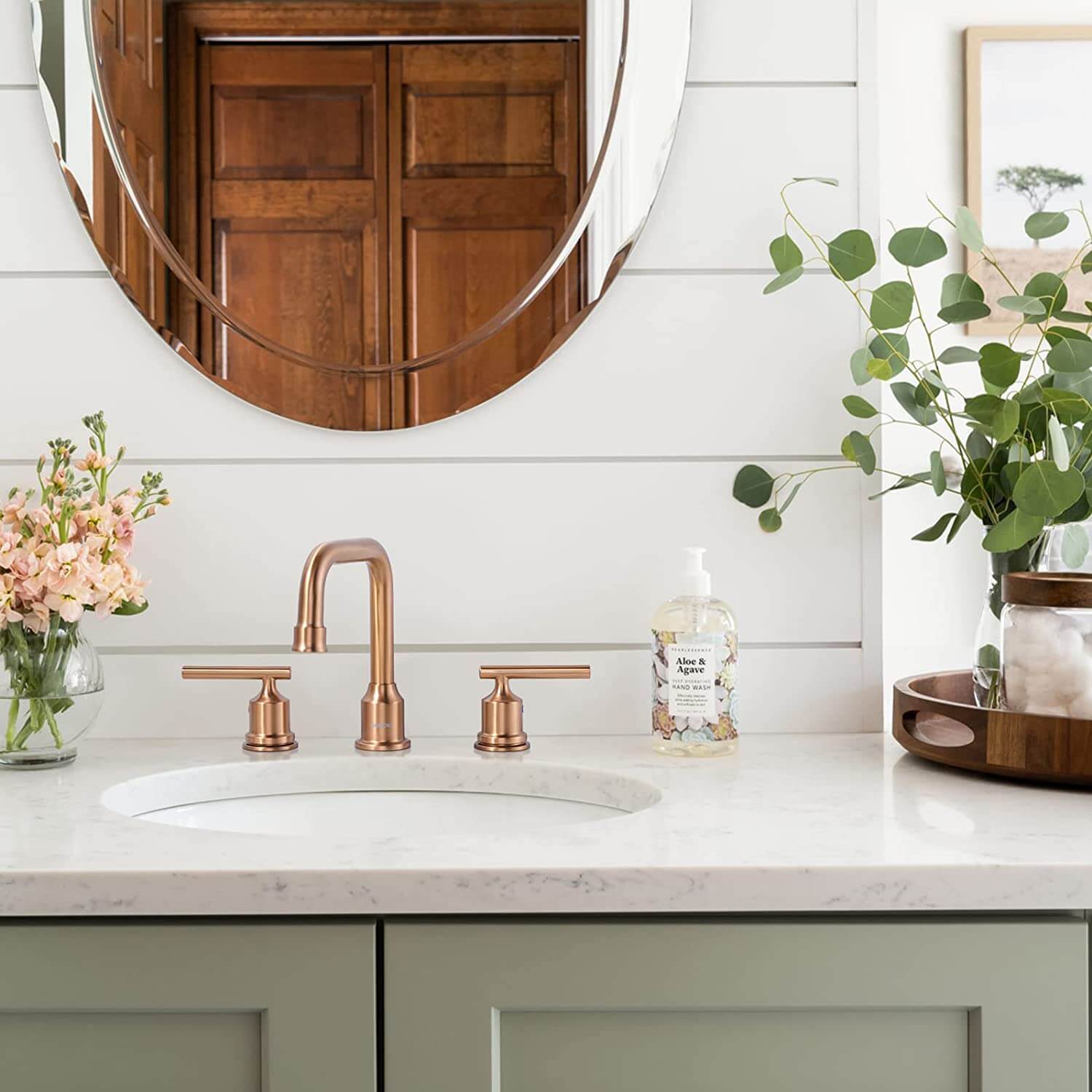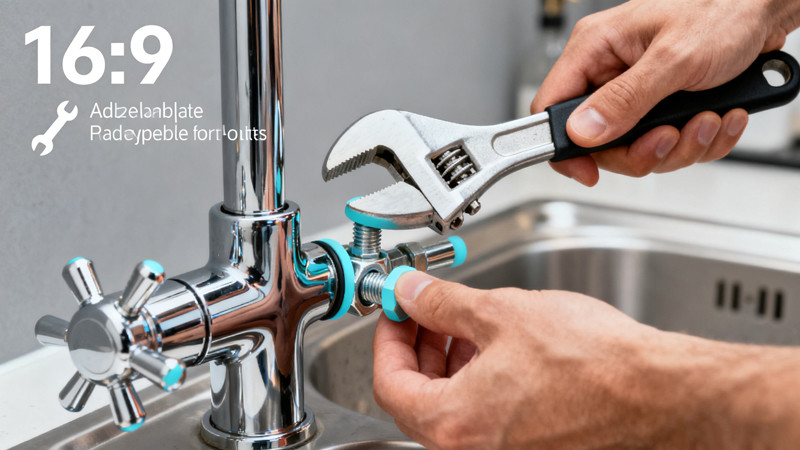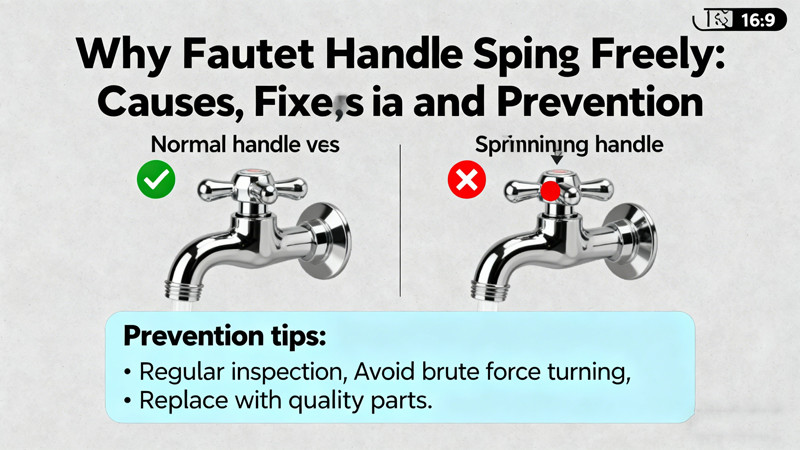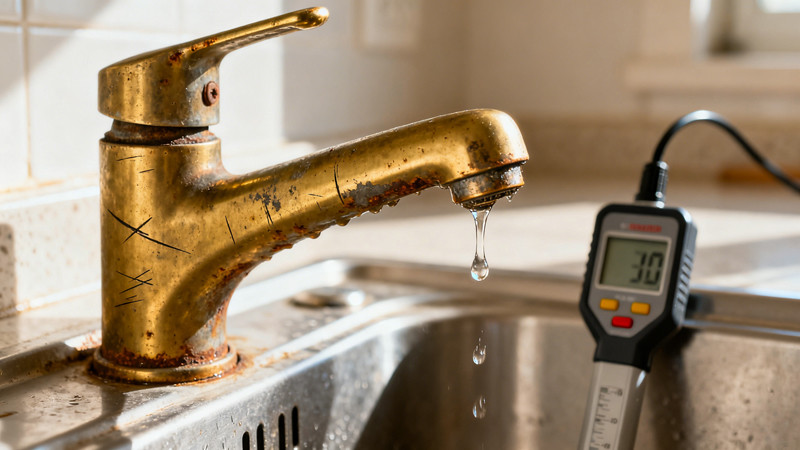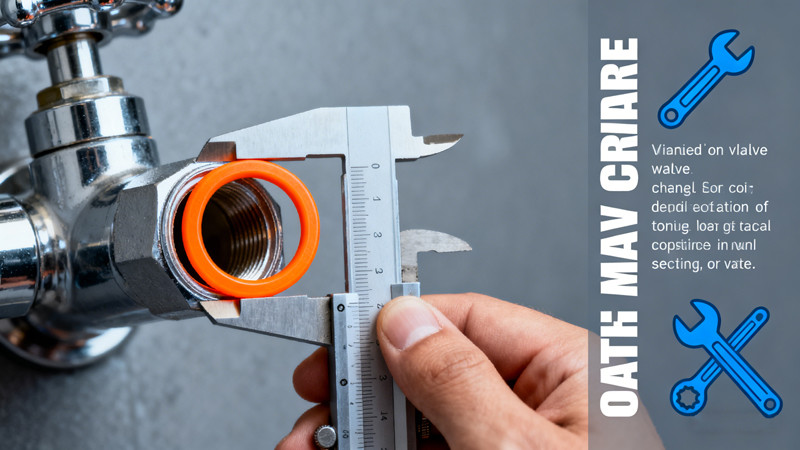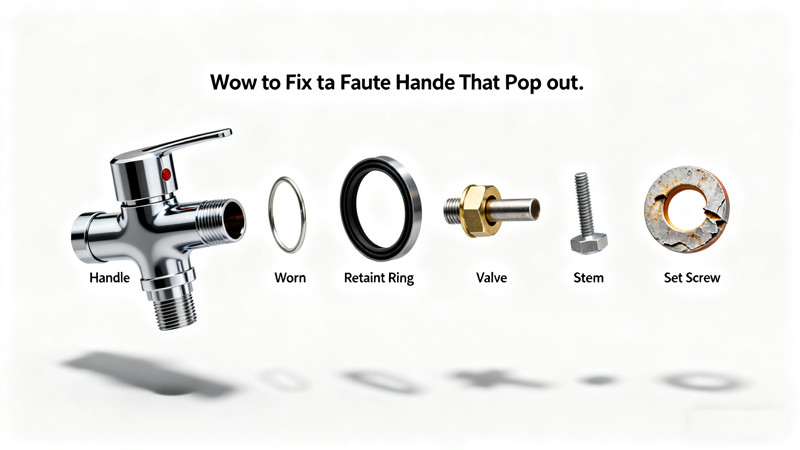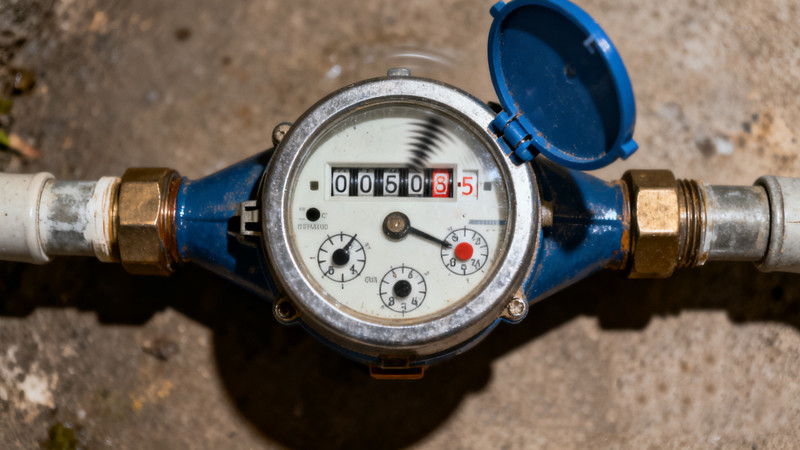
A leaking faucet is one of those small but irritating household issues that most people notice immediately—especially when the steady drip disrupts a quiet room or drives up the water bill. But what happens when your faucet doesn’t leak all the time—only sometimes? If you’ve found yourself wondering, “Why does my faucet only leak at certain times?”, you’re not alone. Intermittent leaks can be particularly puzzling because they don’t follow a predictable pattern.
Fortunately, there’s usually a logical explanation. In this post, we’ll explore the most common reasons why your faucet leaks only at certain times—and what you can do about it.
Why Does My Faucet Only Leak at Certain Times?
1. Changes in Water Pressure
One of the most common reasons a faucet leaks intermittently is fluctuating water pressure. Municipal water systems experience regular changes in pressure throughout the day, depending on demand. These fluctuations can affect your plumbing, especially if:
- You live in a high-demand area (e.g., apartments or busy neighborhoods).
- You notice the leak occurs more often at night or early morning.
Higher pressure may push water through a worn-out washer or seal that otherwise holds when the pressure is lower. So, while the faucet appears fine during low-pressure periods, it may drip when pressure increases.
Solution: You can install a pressure regulator if you suspect pressure is the issue. Most homes operate best at 40–60 psi. You might also consider calling a plumber to test the pressure and inspect for underlying issues.
2. Temperature-Induced Expansion and Contraction
Temperature changes can also play a significant role. As metal components of your faucet heat up or cool down, they expand or contract. These slight changes can cause seals, washers, or connections to loosen temporarily, leading to a slow leak.
This is especially common with:
- Outdoor faucets exposed to weather.
- Faucets located near windows or heat sources.
- Faucets that run both hot and cold water.
For example, running hot water for an extended time can heat the faucet internals. As they cool, contraction may create small gaps that allow drips to occur—until everything fully returns to normal temperature.
Solution: Make sure all faucet components are properly tightened and that washers are in good shape. Replacing worn washers and O-rings can often solve this issue.
3. Worn or Failing Internal Parts
Even if your faucet only leaks intermittently, the underlying cause could be wear and tear on internal components like:
- Cartridges (for cartridge faucets)
- Washers (especially in compression faucets)
- O-rings (in single-handle or ball faucets)
- Valve seats
As these parts age, they may fail to seal properly every time, especially under pressure or temperature changes. This can lead to irregular dripping—sometimes in short bursts after use, or at certain times of day.
Solution: Disassembling and inspecting the faucet can reveal worn parts. Most replacement parts are inexpensive and easy to install with basic tools.
4. Improper Installation or Loose Parts
Sometimes the culprit is human error. If a faucet or its components were not installed correctly, or if parts have come loose over time, you might experience sporadic leaks. For example:
- A loose washer may only leak when the handle is in a certain position.
- A misaligned cartridge might leak occasionally when temperature or pressure hits a certain point.
This is more common in newer installations or DIY repairs that weren’t done quite right.
Solution: Recheck all connections and make sure parts are installed per the manufacturer’s instructions. It might be worth uninstalling and reinstalling the faucet or cartridge correctly.
5. Air in the Water Lines
Air trapped in your plumbing system can also cause erratic faucet behavior, including temporary leaks. This may be due to:
- Recent plumbing repairs
- Water main breaks in your area
- Seasonal water supply changes
Air bubbles moving through the line may affect faucet performance, causing small leaks or sputtering. This kind of issue is usually short-lived.
Solution: Run the faucet at full blast for a few minutes to purge the air. If the problem persists, it could signal a more serious issue with your plumbing or water supply system.
6. Residual Water in the Spout
Not every “leak” is a true leak. Sometimes, what looks like a dripping faucet is actually just residual water draining from the spout after use. This water can collect and release over time, especially if the spout or aerator is angled in such a way that gravity plays a role.
If your faucet seems to drip shortly after use—but stops—this may be what’s happening.
Solution: Observe whether the drip stops completely without touching the faucet. If it stops after a short while, you’re likely seeing leftover water exiting the spout, not an actual leak.
7. Clogged or Dirty Aerator
The aerator (the screen at the end of the faucet) can get clogged with minerals or debris, especially in areas with hard water. This clog can cause irregular water flow or even pressure buildup behind the screen, leading to occasional leaks or drips.
Solution: Unscrew the aerator and soak it in vinegar to dissolve any mineral buildup. Clean thoroughly and reinstall.
When Should You Be Concerned?
Even if your faucet only leaks occasionally, you shouldn’t ignore it. Over time, even slow, intermittent leaks can:
- Waste significant amounts of water
- Increase your utility bills
- Indicate deeper plumbing issues
If you’re unable to identify or fix the issue yourself, calling a professional plumber is a smart investment. They can inspect not only the faucet but also your home’s water pressure, valve integrity, and plumbing configuration to ensure everything is in proper working order.
Final Thoughts
An intermittently leaking faucet is more than just an annoyance—it’s often a sign that something in your plumbing system needs attention. Whether it’s due to fluctuating water pressure, worn parts, temperature changes, or simple user error, the problem can usually be resolved with some troubleshooting and a bit of maintenance.
Don’t wait until a small drip becomes a big repair. Understanding why your faucet leaks at certain times is the first step toward fixing it—and preventing future plumbing headaches.
 WOWOW Faucets
WOWOW Faucets